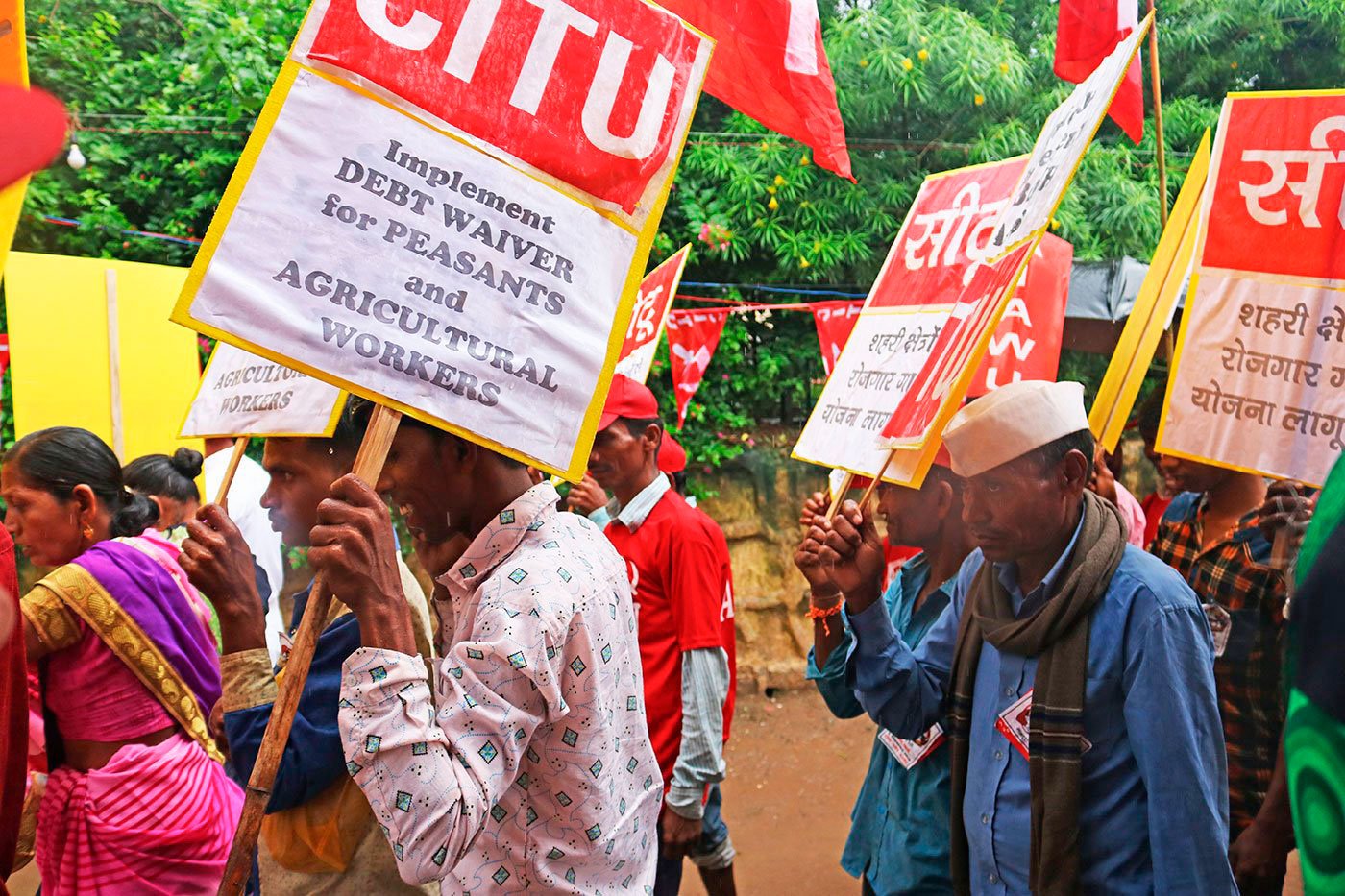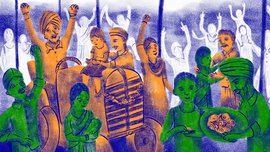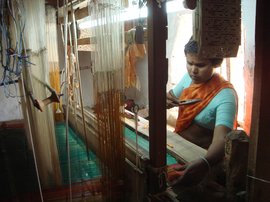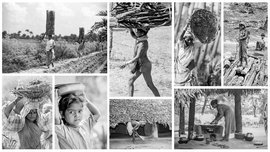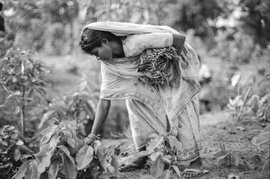If there are a few words of English that almost every Indian farmer would know, those would be ‘Swaminathan Report’ or ‘Swaminathan Commission Report.’ They also know what for them is its main recommendation: Minimum Support Price (MSP) = Comprehensive Cost of Production + 50 per cent (also known as C2+50 per cent).
Professor M.S. Swaminathan will be remembered not merely in the halls of government and bureaucracy, or even the institutions of science – but mainly in the hearts of millions of peasants demanding the implementation of the Report of the National Commission for Farmers (NCF).
Indian farmers, though, simply call it the ‘Swaminathan Report’ – because of the huge input, impact and indelible imprint he made on the reports of the NCF, of which he was chairman.
The story of the reports is one of betrayal and suppression by both the UPA and NDA governments. The first of the reports was submitted in December 2004, the fifth and final one around October 2006. Let alone a special session of Parliament on the agrarian crisis – which is what we desperately need – not even an hour’s dedicated discussion has ever been held. And it is now 19 years since the first report was submitted.
In 2014, the Modi government came to power, to some degree aided by a promise they made of speedily implementing the Swaminathan Report, especially its MSP formula recommendation. Instead, the incoming government speedily filed an affidavit in the Supreme Court saying that would not be feasible as it would distort market prices.
Perhaps the reasoning of the UPA and NDA was that the reports were too ‘pro-farmer’, while both governments were trying to hand over Indian farming to the corporate sector. The report was the first thing approaching a positive blueprint for agriculture since Independence. Helmed by a man who sought an entirely different framework: that we measure growth in agriculture in terms of growth of farmers’ income, not merely in increased output.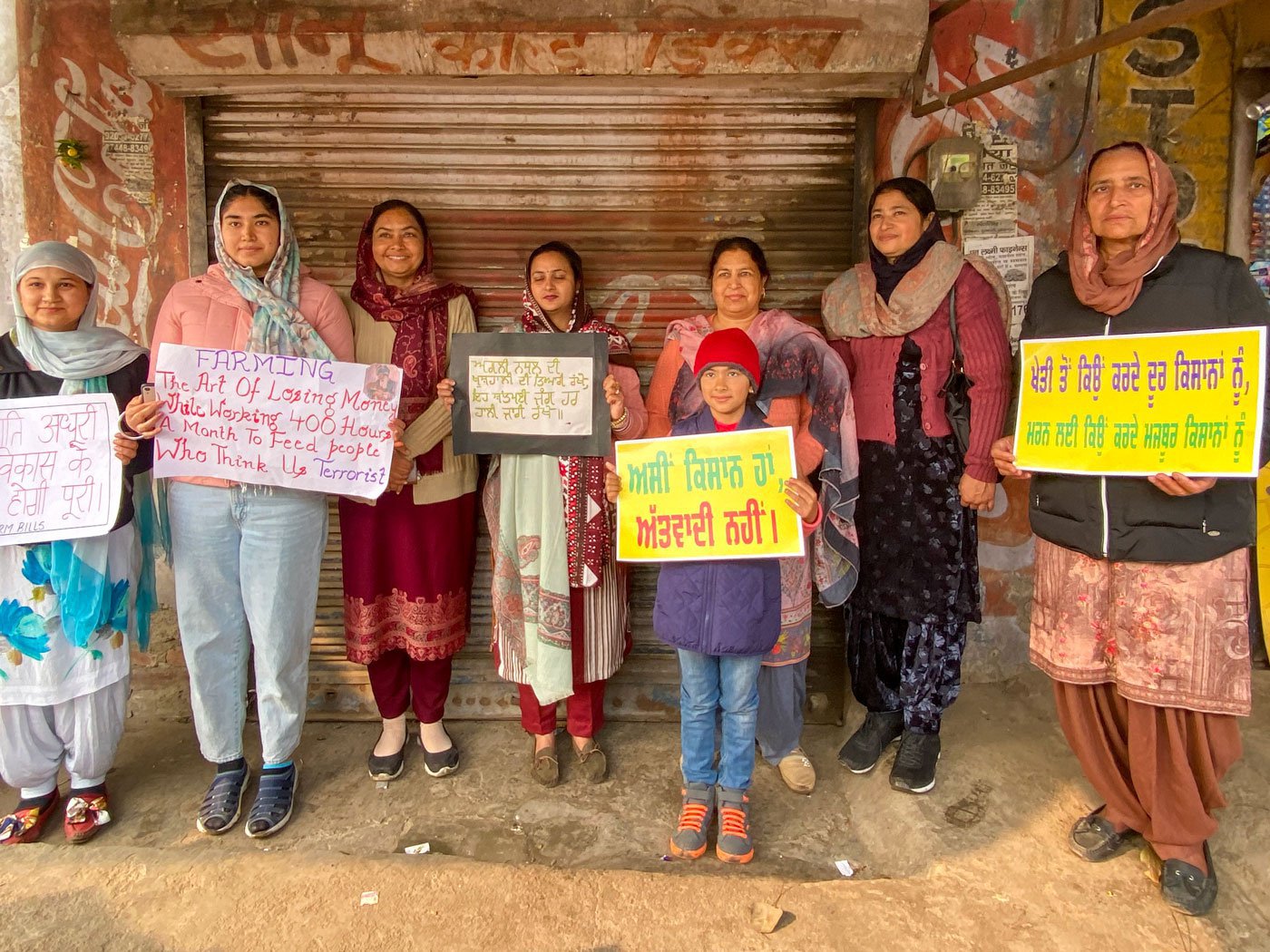
Women are central to farming in India – 65 per cent of agricultural work of sowing, transplanting, harvesting, threshing, crop transportation from field to home, food processing, dairying, and more is done by them. They were up front and centre when farmers across the country were protesting the farm laws. Seen here at the protest sites on the borders of Delhi
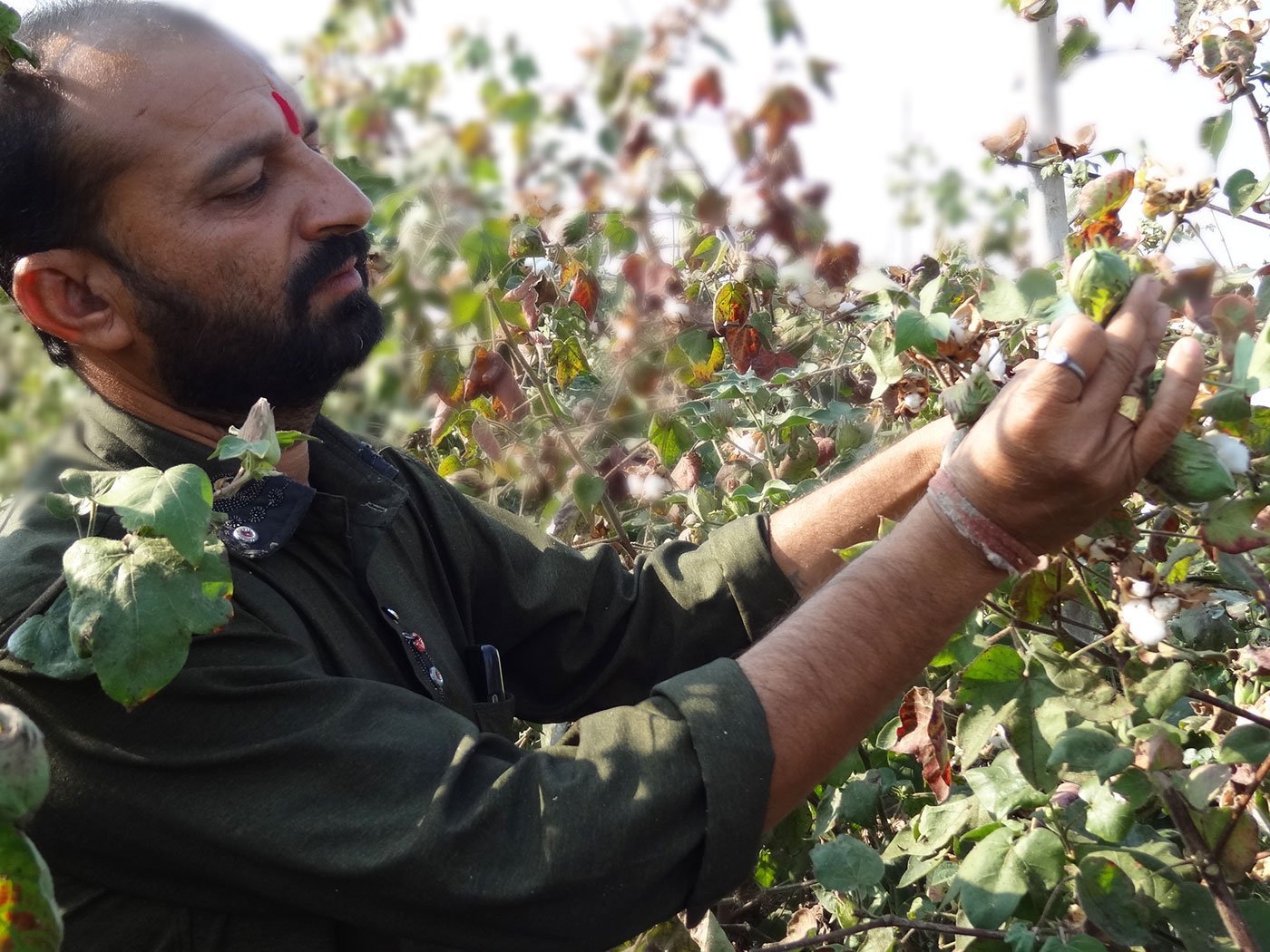
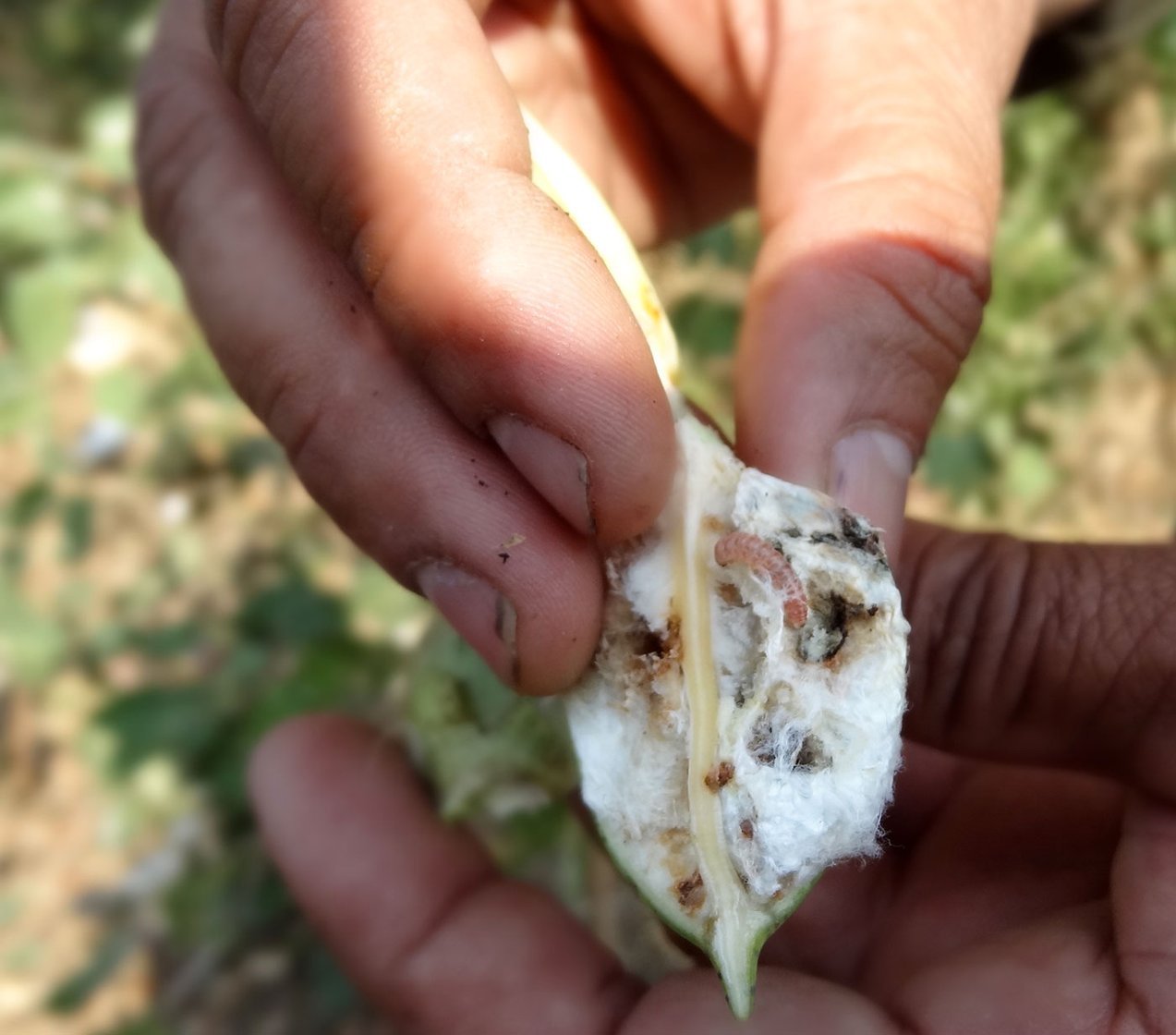
Bt-cotton occupies 90 per cent of the land under cotton in India – and the pests that this GM variety was meant to safeguard against, are back, virulently and now pesticide-resistant – destroying crops and farmers. Farmer Wadandre from Amgaon (Kh) in Wardha district (left) examining pest-infested bolls on his farm. Many hectares of cotton fields were devastated by swarming armies of the pink-worm through the winter of 2017-18 in western Vidarbha’s cotton belt. India has about 130 lakh hectares under cotton in 2017-18, and reports from the states indicate that the pink-worm menace has been widespread in Maharashtra, Madhya Pradesh and Telangana. The union Ministry of Agriculture of the government of India has rejected the demand to de-notify Bt-cotton
Personally, the abiding memory I have of him goes back to 2005, when he was NCF chairperson, and I appealed to him to visit Vidarbha. Farmer suicides in the region were then occurring at the rate of 6-8 a day in some seasons. Things were as miserable as they could be, though you wouldn’t learn that from most of your media. (In 2006, we counted just six journalists from outside Vidarbha who were covering what was perhaps the largest wave of suicides in recorded history in the six worst-hit districts of the region. At the same time, the Lakme Fashion Week in Mumbai was being covered by 512 accredited journalists and about 100 more on daily passes. The Fashion Week’s theme ironically, was cotton – elegantly presented on the ramp while men, women and children who grew that cotton were taking their lives in unprecedented numbers an hour’s flight away.)
But back to 2005. Prof Swaminathan responded to that appeal from us journalists covering Vidarbha much faster than any of us had expected and arrived there very soon after with an NCF team.
The Vilasrao Deshmukh government was alarmed by his visit and tried their best to give him a guided tour which would keep him in many discussions with bureaucrats and technocrats, ceremonies at agricultural colleges, and more. The soul of politeness, he told the Maharashtra government he would visit the places they wished him to – but that he would also spend time in the field at the places I asked him to go to along with me and fellow journalists like Jaideep Hardikar. And he did.
In Wardha, we took him to the house of Shyamrao Khatale, whose sons, the working farmers in the household, had taken their own lives. We arrived to find that Shyamrao had passed away a few hours earlier – of ill health, exacerbated by hunger, and unable to cope with the loss of his sons. The state government tried to amend the route saying the man was dead. Swaminathan insisted he would visit to pay his respects and did.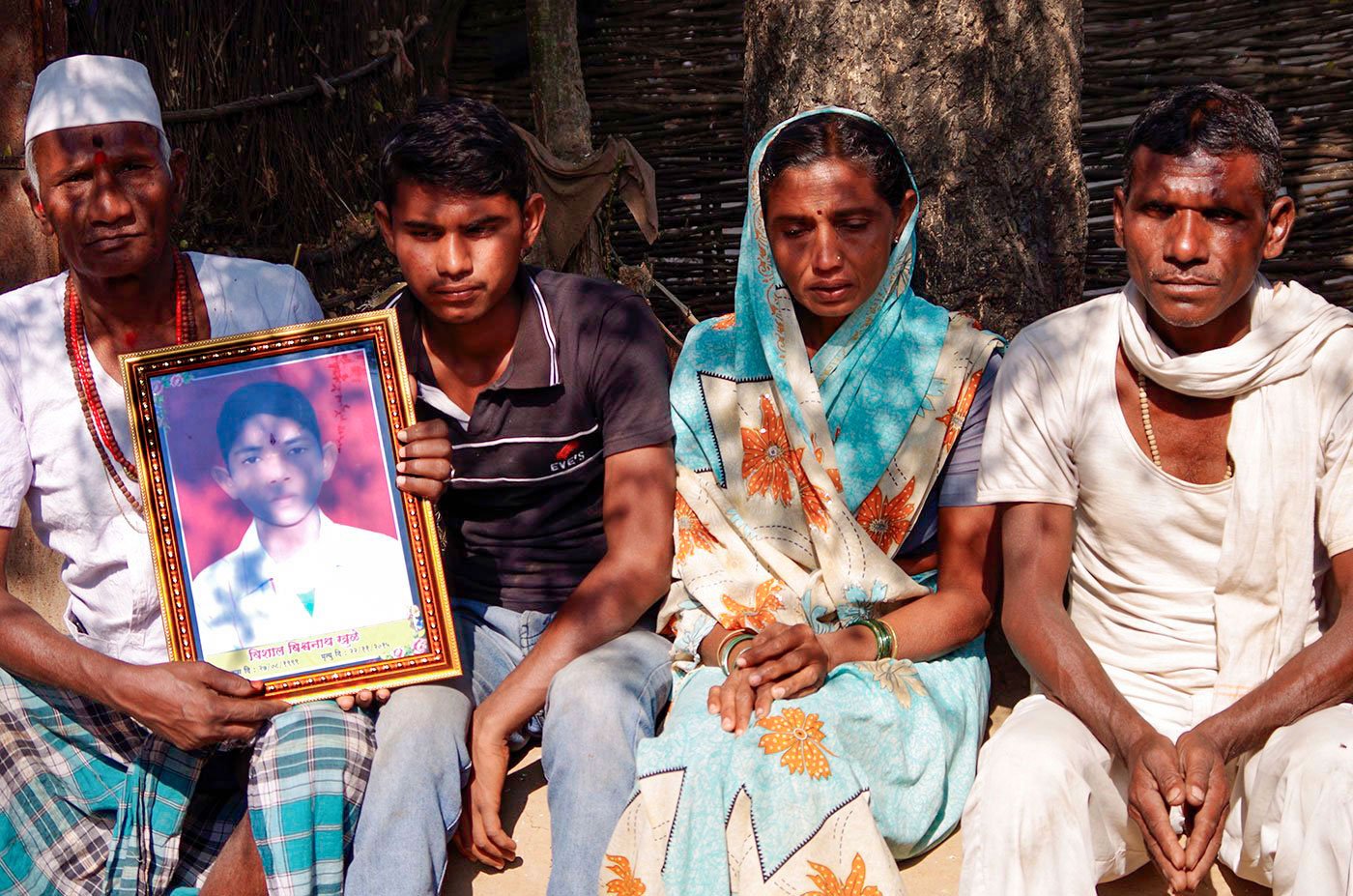
Young Vishal Khule, the son of a famer in Akola’s Dadham village, took his own life in 2015. Seen here are Vishal's father, Vishwanath Khule and his mother Sheela (on the right); elder brother Vaibhav and their neighbour Jankiram Khule with Vishal’s paternal uncle (to the left). Dadham, with a population of 1,500, is among the poorest villages in western Vidarbha, Maharashtra’s cotton and soybean belt, which has been in the news since the mid-1990s for a continuing spell of farmers’ suicides. The region is reeling under successive years of drought and an agrarian crisis that has worsened
During the next few house visits, he was in tears listening to the families of those who had ended their own lives. He also attended a memorable gathering of distressed farmers in Waifad, Wardha, organised by the redoubtable Vijay Jawandhia – one of our finest intellectuals on matters agrarian. At one point, an elderly farmer in the crowd stood up and asked him angrily why the government hated them so much. Should we become terrorists to be heard? The professor, deeply pained, addressed him and his friends with great patience and understanding.
Swaminathan was already in his 80s. I marvelled at his stamina, calm and graciousness. We also observed how sincerely he would engage with people who were strongly critical of his opinions and work. How patiently he would listen – and even concede – to some of their criticisms. No one else I knew would so readily invite his critics to a seminar or workshop he was organising to say publicly the things they had told him personally.
It was surely one of the most impressive characteristics of the man that he could look back over decades and address what he now saw as the failures and shortcomings in his own work. He was shocked, and said so, by the way and the scale at which the use of chemical fertilisers and pesticides went so wildly out of control with the Green Revolution, something he had not envisaged or imagined. Over decades, he grew more and more sensitive to ecology and environment, to the use and abuse of water resources. In the last few years, he also grew increasingly critical of the unregulated, reckless spread of Bt or genetically modified crops.
With the passing of Mankombu Sambasivan Swaminathan, India has lost not just its foremost agricultural scientist, but a great mind and a fine human being.
This story first appeared in The Wire, dated September 29, 2023.
